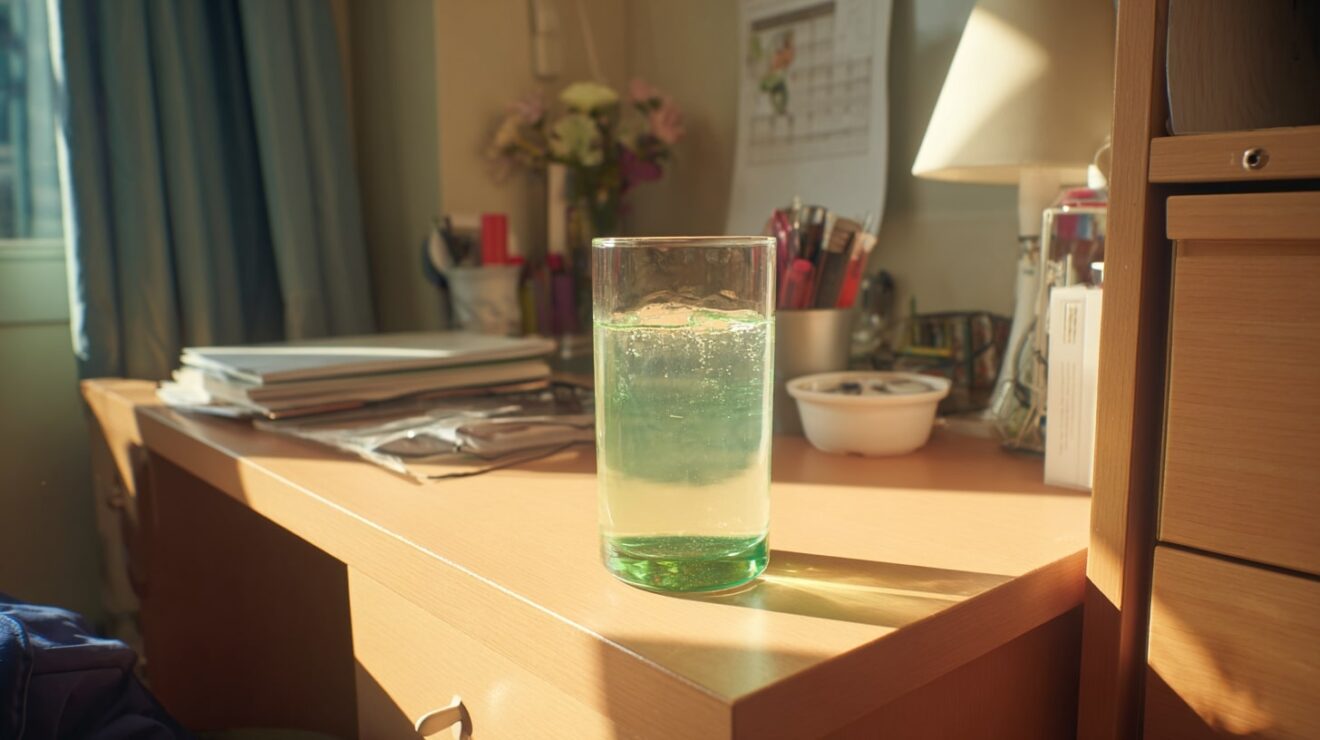Discerning what students have actually been experiencing this term – both to test policy makers’ and providers’ claims about it, and learn from it for next term – has so far been… tricky.
The Student Hut has been doing its tracker polling, although its sample size is quite low. We worked with a bunch of SUs to poll over 7,000 students in October, but some argued to us that that was quite early in the term. A couple of weeks ago we got results from an Office for National Statistics (ONS) pilot study into students and Covid-19, which included 4,322 students – but that was from just four universities.
So as we contemplate the new year, the publication of Wave 10 of HEPI / YouthSight’s Monitor (completed by 1,075 full-time undergraduate students between the 20 and 24 November) is helpful and timely.
Reasons to be cheerful
The good news story is that more than half of full-time undergraduate students (59 per cent) say they are very or quite satisfied with any online learning that has replaced face-to-face teaching, up from 42 per cent in June 2020 and 49 per cent in March 2020. HEPI says this is likely a marker of the work that has been put in place by universities to ensure blended learning can be made a success, as well as students adapting to the new way of learning – although the one warning here would be that this sample has some first years in it who won’t know any better.
Our polling in October found major differences between first year students and everyone else, and a delve into HEPI’s numbers reveals that while 63 per cent of first years are satisfied with online alternatives, that falls to 55 per cent for those in their third year or later.
The other bit of good news that HEPI identifies is that most students say their higher education experience feels very or quite “safe”, at 79 per cent – although given 49 per cent say they are receiving no face to face teaching and 53 per cent say that all of their learning is online, that may not be the resoundingly positive result that it looks. And I’ve argued before that our thresholds should surely be higher here – arguably feelings of “safety” should be 100 per cent given it’s likely to be a prerequisite for learning.
Mind the gap
HEPI has previously productively worked on gaps between expectation and reality, and does so again here. Back in June 67 per cent of students expected limited interaction with other students, but 82 per cent are experiencing it. 62 per cent expected limited access to on campus facilities, but 73 per cent are facing those restrictions. And while 21 per cent expected all learning to be online, 53 per cent report that now. No wonder so many students say they feel mis-sold.
Mental health is the other major story of the term – and there are some grim findings here. Almost three in five students say they consider their mental health to be in a worse state since the beginning of the pandemic, and less than half of students are satisfied with the provision of mental health services. This perhaps shouldn’t be surprising given that 87 per cent of students studying away from home are saying they spend all or almost all of their time in their accommodation – cooped up in spaces that were never designed to have that much time spent in them.
Rhetoric v reality
In the run up to the vote on the new December tiers in England, the Westminster government published its analysis of the health, economic and social effects of Covid-19 and the approach to tiering. It’s a fascinating read, frantically setting out the impacts of the choices the government has made between complete freedom and complete lockdown, something I was discussing a couple of weeks ago on the site.
The specifically interesting part is paragraphs 33-36 on education. Higher education is mentioned once as follows:
Since the start of the autumn term, children and young people have benefitted from attending early years settings, school, college and university.”
The surrounding paragraphs lay out a case for doing what we’ve done in education – which we then “pay for” with other restrictions in other parts of society, like closing pubs or libraries. What the government would call “prioritising education” is justified on the basis that time out of education is detrimental to “cognitive and academic development” and “long-term productivity”, and attending educational settings is also important “for the mental health and wellbeing of children”.
Attendance figures are also noted – the report says that 99 per cent of state-funded schools have been open each week since term began and after a phased return for pupils, face-to-face attendance was maintained closer to 90 per cent.
The problem is that on the terms that the exemption is justified in those paragraphs, it’s not at all clear that most higher education students have actually benefited. Again, HEPI says that in November – when higher education was as exempt as it’s been all term – 49 per cent were receiving no in-person teaching, and more than half of students (58 per cent) said they considered their mental health to be in a worse state since the beginning of the pandemic.
This position on the benefits of in-person delivery, coupled with an expectation that most will still experience “blended” learning, has been repeatedly reiterated by ministers. In the first week of November for example, Michelle Donelan said:
We do not, however, want or expect to see a transition to full online learning during the new national restrictions — this could jeopardise the learning that students receive, as well as risk their mental health and wellbeing. We want you to make informed local decisions whilst ensuring all students have some form of face to face learning, where possible and safe to do so.
It’s a line that’s also been in press coverage, and one that’s been repeated a number of times to reassure MPs of all political stripe on the floor of the house.
Future on hold
But on this evidence “all students” haven’t had “some form” of face to face teaching. On this evidence – and previous evidence that is now mounting up – that’s a straight up monumental policy failure on its own terms. Those students that have had face to face teaching may well have had very little. And even if they’ve had it, the benefits don’t seem to be comparable to those experienced by people in other educational settings.
Unlike in schools, to be Covid safe we’ve rightly reduced the capacity of campuses. And in doing so it’s entirely possible that we’ve used up a chunk of the infection “budget” not via a large dollop of in-person teaching, but by having students mingle in student accommodation, so that they live near to the campus they can’t access.
We can debate motive round and round in circles. But it feels like it’s at least possible that we’ve allowed a large proportion of residential students to move to university towns and cities not so much for the teaching or in-person experience, but for the fact they’ll pay their rent.
What the report doesn’t do is lay out how much of a notional infection budget we might have saved by not allowing the “great migration”, what else could have been allowed/saved as a result, and the respective/relative costs of those options.
But in some cases it may well be that in requiring residential students to move to university towns and cities, we’ve done more harm than good. It’s even more possible that the marginal benefits flowing to HE students are both nothing like the ones flowing to school students, and have worsened harms caused by compensating restrictions elsewhere in society.













